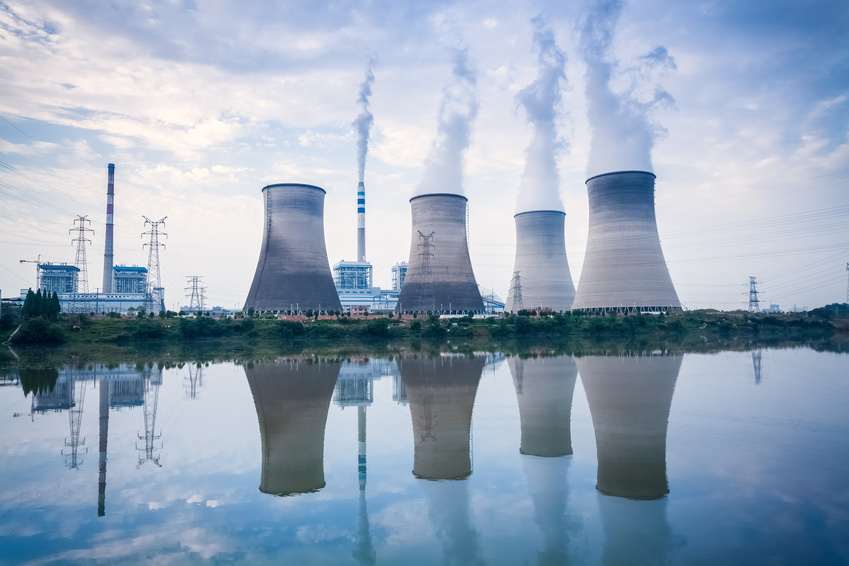
Global energy demand will climb 25 percent by 2040, with the Asia-Pacific region leading the charge and China and India collectively accounting for nearly half of that growth, according to ExxonMobils annual forecast.
The oil giants 2017 Outlook for Energy: A View to 2040 report found that urbanization and growing middle classes in Asias two behemoth energy markets will drive significant increases in home energy demand, industrial sector power generation, and personal and commercial transportation fuel consumption.
During the forecast period, increases in worldwide energy demand average out to just less than a percentage point per year. Asia-Pacifics average yearly growth will be about 1.3 percent per year and Indias will hover around 2.6 percent.
The worlds main sources of energy will change significantly. Oil remains the worlds primary energy source through 2040, meeting about one-third of demand, noted the report, which ExxonMobil released this month. Coal remains important in parts of the world, but loses significant share as the world transitions toward energy sources with lower emissions.
Nuclear power generation will grow by 19 percent worldwide – quadrupling in Asia – and renewable energy from other sources will jump by 138 percent worldwide and by 241 percent in the region.
Natural gas is the largest growing fuel source, ExxonMobil pointed out, noting that it will provide a quarter of global energy demand by the end of the 2030s. Asia will consume nearly half of that volume, as the region becomes the largest importer of gas and demands over two thirds of the predicted increase in demand for liquefied natural gas, specifically.
Electricity generation will be the sector of energy growing the most and the fastest, reaching a volume in the next 23 years that is some 60 percent higher than its current level, with more than half of demand coming from Asia.
However, industrial electricity demand growth will level out after 2030, as Chinas economy shifts focus from heavy industry to lighter manufacturing. After a decade of rapid growth, Chinas heavy industry energy demand – such as for steel, cement, etc. – [will] contract. Chinas demand [will] begin to parallel the Organisation for Economic Co-operation and Development [member states] path as its economy shifts toward higher-value manufacturing and services.
As Chinas heavy industry sector loses prominence during the forecast period, coal for industrial uses will drop by almost 40 percent. Coal will continue to play a role in steel and cement manufacturing, but other types of Chinas heavy industry will shift to India, in particular, and to other emerging markets in Africa and Southeast Asia.
As a result, decreases in Chinas use of coal as a power generation source will pave way for nuclear, renewables and gas to meet its electricity growth. China demands the most nuclear energy, and it will also lead the worlds growth in nuclear capacity, which the company predicts will expand by 75 percent.
Despite declines in China, coal-fired electricity use will grow in Asia-Pacific overall. Indias use of coal for electricity will more than double from 2015-2040 as the countrys gross domestic product by capita triples and it replaces China as the most populous nation by 2025.
Asia will also lead the worlds growing transportation sector. As incomes rise, individuals seek access to personal mobility that is afforded by cars and motorcycles, the company said. Asia Pacific is forecasted to lead growth in both motorcycle and car ownership rates.
Photo: Fotolia / chungking
